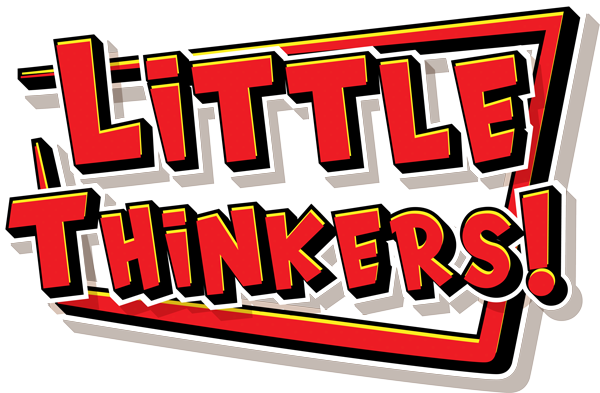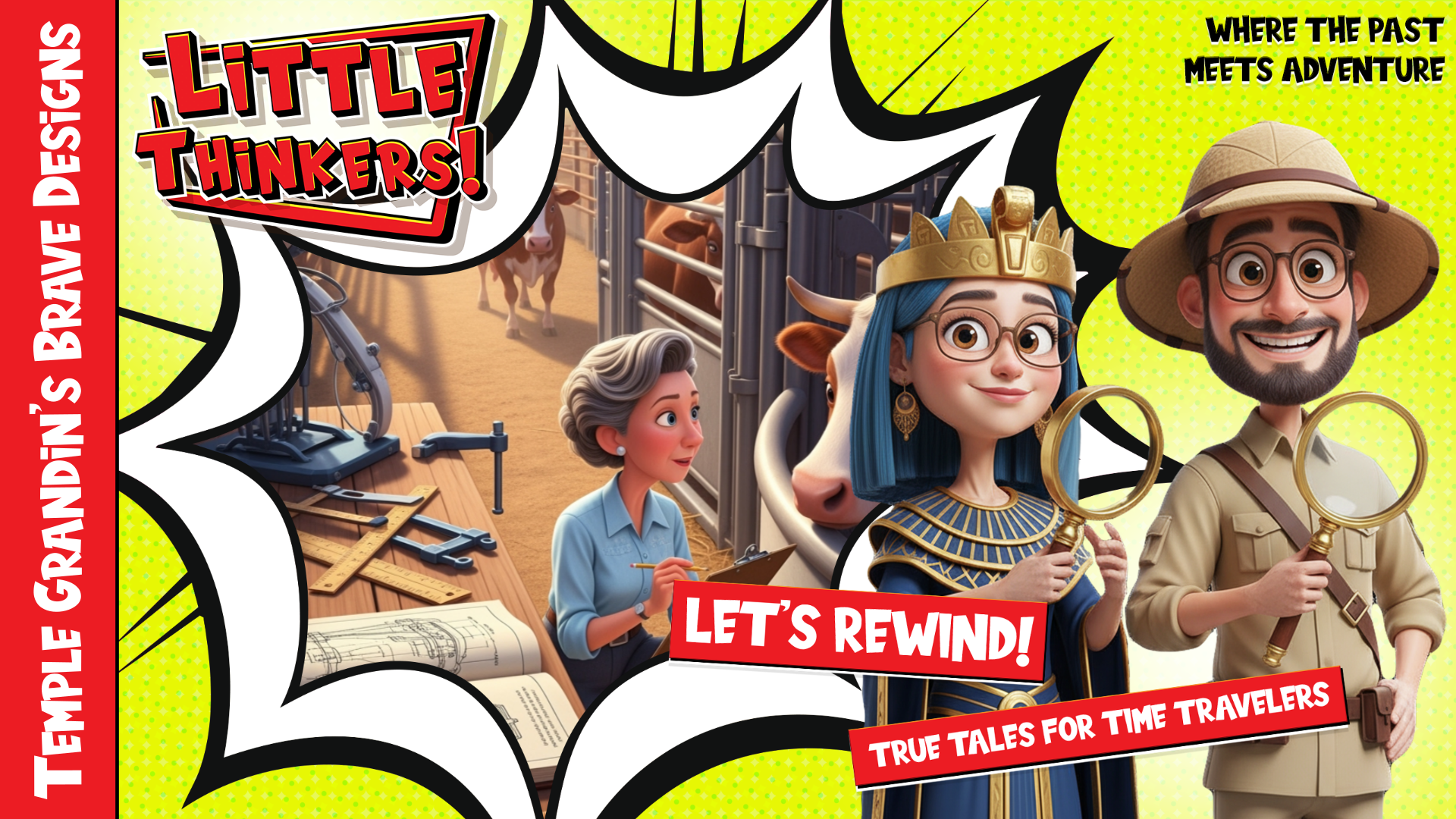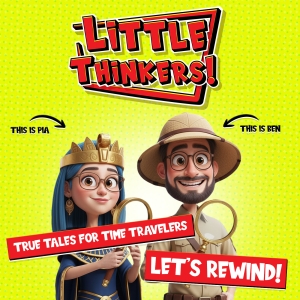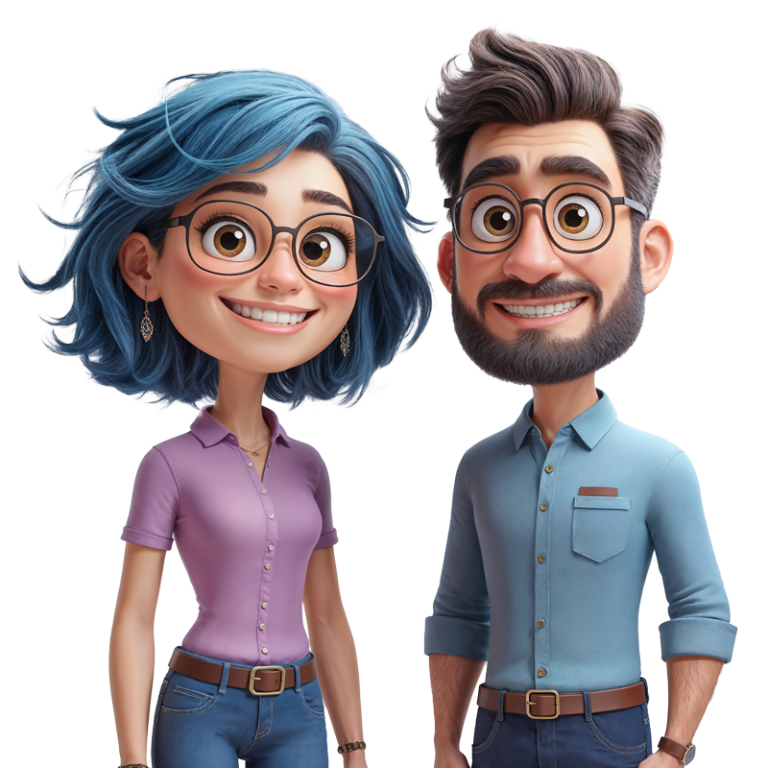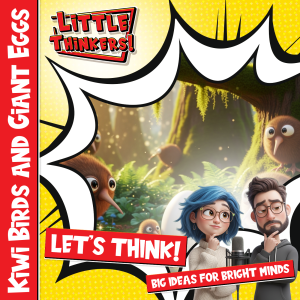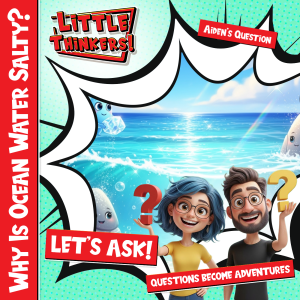The Amazing Mind That Changed How Animals Are Treated
Imagine This Scene
Picture a dusty ranch in Arizona on a hot summer day. A teenage girl kneels down beside a metal gate, pressing her cheek against the warm steel. She’s looking at the world from a cow’s eye level, trying to understand why the animal won’t walk forward. What she discovers in that moment will change how millions of animals are treated across America. Her name is Temple Grandin, and she thinks in pictures instead of words.
A Different Kind of Mind
Temple Grandin was born in 1947 in Boston during a time when very few people understood autism. As a little girl, words came slowly to her, but her mind was bursting with incredibly clear pictures. When other children were learning to read, Temple was storing perfect images in her brain like a living photo album. She could remember exactly what every door looked like, how carpets felt under her feet, and the precise way shadows fell across a room.
School wasn’t easy for Temple. Loud sounds felt like they were attacking her ears. Sometimes the feeling of certain clothes against her skin was unbearable. When kids teased her at recess, she would find comfort watching spinning objects like pinwheels, studying their patterns and movements. Her brain worked differently, and that made her special in ways no one understood yet.
Fun Fact!
Temple’s visual memory was so powerful that she could “play movies” in her mind! She could mentally walk through buildings she’d visited years before, remembering every single detail as clearly as if she were watching a film.
The Invention That Changed Everything
When Temple was a teenager, she visited her aunt’s ranch in Arizona. There she saw something fascinating: a squeeze chute used to hold cattle still for medical treatment. When the padded sides gently pressed against the animals, they became calm and relaxed. Temple wondered: could this work for people too?
Back at her boarding school in New Hampshire, Temple got to work. She measured wooden boards, gathered bolts and screws, and built her own version. She called it the “squeeze machine” or “hug machine.” When she climbed inside and lowered the padded sides, something amazing happened. Her racing heart slowed down. Her worried thoughts became clearer. The gentle pressure helped her nervous system calm down, just like it did for the cattle.
Did You Know?
- Temple’s hug machine was about 28 inches wide – just the right size for gentle pressure
- She used it throughout high school and college to help manage stress
- Today, similar pressure devices help many people with autism feel more comfortable
Seeing the World Through Animal Eyes
In college, Temple studied animal behavior and psychology. But she didn’t just read books – she spent countless hours watching how animals actually moved and reacted. She discovered something incredible: her picture-thinking brain was perfect for understanding how animals see the world!
While other people rushed past cattle pens, Temple would crouch down low and look at everything from a cow’s perspective. She noticed that cattle were afraid of tiny things that humans barely saw. A chain hanging from a fence could terrify them. A shiny reflection in a puddle could make them freeze in fear. A dark shadow across their path looked like a dangerous hole.
Temple filled notebook after notebook with detailed sketches. She drew curved pathways, noted where lights should shine, and marked every little detail that could frighten an animal. Her visual mind was like a super-powered camera, catching problems that everyone else missed.
Animal Vision Facts
- Cattle can see almost all the way around their bodies – 340 degrees!
- They see colors differently than humans and are especially sensitive to high contrast
- Moving objects catch their attention much faster than still ones
- They remember scary places and will avoid them next time
Breaking Into a Man’s World
In the 1970s, very few women worked in cattle facilities and slaughterhouses. When Temple showed up at plant gates with her rolled-up drawings, many men didn’t take her seriously. Some even laughed! But Temple had learned to let her work speak for itself.
She would ask to walk through the cattle handling areas. With her trained eye, she’d point out a dangling coat that spooked animals, or a bright reflection that made them balk. “Remove that chain,” she’d say simply. “Add a light there. Curve this pathway.” When the changes were made, something magical happened – the cattle moved more calmly, workers were safer, and everything ran more smoothly.
Slowly but surely, the laughter stopped. Managers began calling Temple back for more advice. Word spread through the industry that this young woman with the unusual perspective could solve problems that had puzzled experts for years.
The Science of Kindness
Temple didn’t just rely on gut feelings – she measured everything! She timed how long it took cattle to move through different designs. She counted how many animals slipped on floors. She recorded how often cattle made distress calls (called vocalizations). Numbers don’t lie, and Temple’s numbers proved that treating animals gently wasn’t just kinder – it was more efficient and safer for everyone.
She developed detailed scoring systems that plants could use to check their own performance. Were animals slipping? Were they crying out in fear? Were workers having to use electric prods to move them? Temple’s audit system gave facilities clear, measurable ways to improve.
Life in the 1970s Cattle Industry
When Temple started her work, many cattle facilities were very different from today. Electric cattle prods were used constantly. Animals often slipped and fell on smooth concrete floors. Sharp corners and bright lights scared cattle, making them harder to handle. There were few rules about treating animals humanely. Temple’s designs changed all of this by showing that calm animals were easier and safer to work with.
The Curved Path Revolution
Temple’s most famous invention was the curved chute system. Instead of forcing cattle to walk in straight lines where they could see scary things ahead, her design used gentle curves. The curved walls blocked frightening sights while leading animals naturally forward. She calculated the exact turning radius that matched how cattle prefer to move – not too tight, not too wide, but just right.
She added non-slip flooring so animals wouldn’t fall. She designed even lighting without harsh shadows. She positioned catwalks so workers could guide animals gently from above instead of pushing from behind. Every detail was carefully planned based on her observations of how cattle naturally behave.
Temple’s Design Principles
- Curves instead of corners: Animals can’t see what’s ahead, so they keep moving
- Solid sides: Block scary distractions from view
- Even lighting: No dark shadows that look like holes
- Non-slip floors: Animals feel secure and confident
- Proper width: Wide enough to be comfortable, narrow enough to feel secure
A Mind That Sees Solutions
What made Temple special wasn’t just her understanding of animals – it was how her autistic brain worked. While other people might get overwhelmed by all the details in a busy cattle facility, Temple’s mind could focus intensely on each small element. She could “zoom in” on problems that others missed and “play movies” in her head to test different solutions before building them.
Her picture thinking meant she could design entire systems in her mind, walking through them step by step from an animal’s perspective. She could spot potential problems before they happened and fix them on paper instead of after costly construction mistakes.
Teaching the World
Temple became a professor at Colorado State University, where she taught animal science to hundreds of students. But her classroom wasn’t just indoors – she took students out to real cattle facilities where they had to crawl around at cow height, just like she did. “Get down there and see what the animal sees,” she would tell them.
Her students learned to measure things that mattered: How many animals slipped? How many needed electric prods? How long did the process take? Temple taught them that good animal welfare wasn’t just about feelings – it was about facts you could count and improve.
Temple’s Teaching Style
Temple believed in hands-on learning. She didn’t want students just reading textbooks about animal behavior – she wanted them crawling through cattle chutes, timing animal movement, and sketching their own improvements. “Fancy words don’t matter if a gate still jams,” she would say. Her students learned that the best way to help animals was to understand exactly how they experience the world.
Spreading Kindness Across America
By the 1990s, Temple’s designs were being used in cattle facilities all across the United States. Industry estimates suggest that her curved chute systems and handling guidelines are used for about half of all cattle in America – that’s millions and millions of animals experiencing less fear and stress because of her work.
Major fast-food chains began requiring their meat suppliers to meet Temple’s welfare standards. This meant that facilities had to prove they were treating animals humanely or risk losing huge contracts. Temple’s animal welfare audit became the gold standard for the industry.
The Ripple Effect
Temple’s influence spread far beyond cattle. Her principles of understanding how animals perceive their environment have been applied to handling pigs, sheep, and other livestock. Zoos use her ideas to reduce stress when moving animals. Even pet boarding facilities apply her concepts to make dogs and cats more comfortable.
More Than Just Animal Welfare
Temple didn’t just revolutionize animal handling – she became a powerful voice for people with autism. She wrote books like “Thinking in Pictures” and “The Autistic Brain,” sharing her experiences and showing that different kinds of minds can solve different kinds of problems.
She spoke honestly about the challenges of growing up autistic – the bullying, the sensory difficulties, the struggle to fit in. But she also showed that autism could be a strength. Her visual thinking, attention to detail, and ability to focus intensely on problems made her uniquely qualified to see solutions others missed.
Temple’s Message to Families
- Every autistic person has different strengths – find them and build on them
- Hands-on projects and real work help develop skills and confidence
- Structure and clear expectations are important for success
- Different doesn’t mean less capable – it often means differently capable
A Hollywood Hero
In 2010, Temple’s life story was made into an HBO movie called “Temple Grandin,” starring actress Claire Danes. The film showed her struggles as a child, the invention of her squeeze machine, and her revolutionary work in the cattle industry. It won multiple awards and helped millions of people understand autism in a new way.
The movie didn’t just make Temple famous – it inspired countless families dealing with autism. Parents saw that with support, understanding, and the right opportunities, children with autism could achieve amazing things. Students with autism found hope that their different way of thinking could become their greatest strength.
The Tools That Built a Revolution
Temple never lost her love for getting her hands dirty. Whether in her garage workshop or at a cattle facility, she always kept measuring tapes, markers, and clamps nearby. She believed that good design only worked when it met real metal and concrete in real places with real animals.
Even today, Temple travels constantly, visiting facilities to spot problems that others miss. She might notice a bolt placed too high, a corner too sharp, or a shadow falling in the wrong place. Her focus can seem intense, but it comes from deep care – animals can’t speak for themselves, so every design detail must speak for them.
Tools of Temple’s Trade
- Measuring tape: Every dimension had to be exactly right for animal comfort
- Pencils and paper: For sketching improvements on the spot
- Hard hat and boots: Essential gear for facility inspections
- Camera: To document problems and track improvements
- Stopwatch: For timing animal movement and measuring efficiency
The Science Behind the Kindness
Temple’s work was revolutionary because she proved that being kind to animals wasn’t just morally right – it was scientifically smart. Stressed animals produce lower-quality meat. Frightened animals are more likely to injure workers. Calm facilities run more efficiently and safely.
She developed precise measurements for animal welfare. A good facility should have less than 1% of animals slipping and falling. Less than 3% should vocalize (cry out) during handling. Electric prods should be used on less than 25% of animals. These weren’t just suggestions – they became industry standards that facilities had to meet.
Life Lessons from Temple’s Story
Temple’s journey teaches us powerful lessons that go far beyond cattle ranches. She shows us that being different isn’t something to hide or fix – it’s often the key to solving problems no one else can solve. Her story proves that persistence, careful observation, and the courage to think differently can change entire industries.
Most importantly, Temple demonstrates that science and kindness aren’t opposites – they’re partners. Her mathematical precision and measurement-based approach made treating animals humanely not just the right thing to do, but the smart thing to do.
What We Can Learn
- Different ways of thinking can lead to breakthrough solutions
- Small details often make the biggest difference
- Measuring results helps improve performance
- Persistence in the face of doubt can change the world
- Understanding others’ perspectives (even animals’) builds empathy and success
Temple’s Legacy Today
Now in her 70s, Temple Grandin continues her work as a professor, consultant, and advocate. She still travels around the world, inspecting facilities and teaching people about animal behavior. Her designs continue to evolve as new research provides better understanding of how animals think and feel.
But perhaps her greatest achievement is changing how we think about autism and different kinds of minds. She has shown that neurodiversity – having different kinds of brains working on problems – makes our world better and more innovative.
Temple’s Continuing Impact
Today, Temple’s influence can be seen everywhere in the livestock industry. Major food companies require suppliers to meet her welfare standards. Veterinary schools teach her handling principles. Animal science students around the world learn to “think like Temple” – getting down to animal eye level to understand their world.
A Picture-Perfect Revolution
Temple Grandin’s story shows us that the most powerful changes often come from the most unexpected places. A little girl who struggled with words but excelled with pictures grew up to revolutionize how an entire industry treats animals. Her autism, which made some parts of life difficult, turned out to be her superpower for solving problems others couldn’t even see.
Every time you see cattle moving calmly through a facility, there’s a good chance they’re walking paths designed by Temple’s picture-thinking mind. Every animal that experiences less fear, every worker who stays safer, and every family touched by autism who finds hope in her story – they’re all part of Temple Grandin’s incredible legacy.
Her story reminds us that the world needs all kinds of minds working on all kinds of problems. Sometimes the solution that changes everything comes from someone who sees the world just a little bit differently – and that difference makes all the difference.
